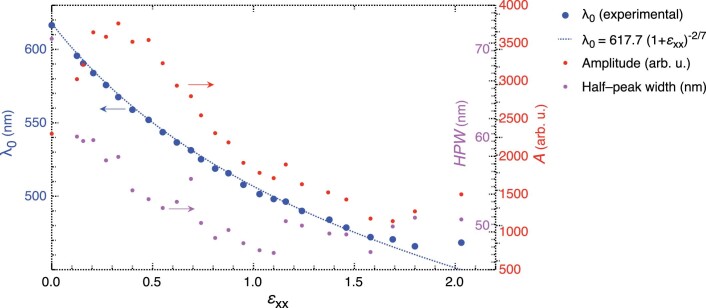Extended Data Fig. 4. Quantitative comparison of experimental mechanochromic response and theoretical prediction.
Central retroreflection wavelength λ0, half-peak width (HPW) and peak area (A) (as obtained by fitting a single-peak Lorentz function to the reflection spectra shown in Fig. 3m in the main paper) for an initially red-retroreflecting fibre as a function of uniaxial engineering strain ϵxx along the fibre direction, together with the best fit of the function predicted by Warner and Terentjev.38,49 Here is the central reflection wavelength in the absence of strain, coinciding with the experimentally obtained λ0 of the unstrained fibre within 1.2 nm. The peak width decreases somewhat with increasing strain, whereas the area initially increases to a maximum around ϵxx ≈ 0.3, after which it decreases monotonically throughout the range of overlap between experimental data and Warner-Terentjev theory. We attribute the initial area increase to an initial improvement of the vertical helix alignment, since the elastic compression perpendicular to the fibre upon uniaxial tensile strain along it has an analogous effect as the compression due to anisotropic deswelling during solvent evaporation from the precursor filament.47 Also the reduced HPW is reasonable in view of a more uniform helix orientation, as the axis of periodicity is better defined, thus narrowing down the Bragg reflection band. The subsequent decrease in area is expected, as the helical structure becomes increasingly distorted upon increasing strain.

